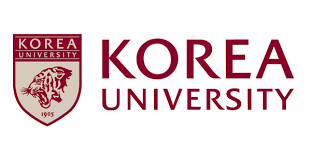Korea University: Team led by Prof. Yong-Mook Kang unveils principles behind the formation of superstructure in layered cathode materials and the cause of deterioration
The research team led by Professor Yong-Mook Kang (Department of Materials Science and Engineering / KU-KIST Graduate School of Converging Science and Technology) unveiled the principles behind the superstructure formation presumed to be the main cause of the deterioration of layered cathode materials, and published their results online in the prestigious Journal of the American Chemical Society this April.
Layered oxide cathodes, a key component for the enhancement of energy density in lithium secondary batteries, show great promise for increasing the range of electric vehicles due to their high discharge voltages and capacities. Korean companies such as LG Energy Solution and Samsung SDI have partnered with EV companies to develop nickel-cobalt-manganese (NCM) cathode materials, while Japan’s Panasonic is focused on producing nickel-cobalt-aluminum (NCA) batteries.
The importance of layered cathode oxides was demonstrated by the patent dispute between Umicore and BASF several years ago, and superstructures have been reported to have negative effects on structural stability and electrochemical properties. However, the fundamental causes and solutions have not been sufficiently addressed in research.
Professor Yong-Mook Kang’s team analyzed the material suppressing Jahn-Teller Distortion and observed out-of-center distortion of the transition metal arising from the asymmetric arrangement of surrounding oxygen atoms. Through comprehensive theoretical and experimental research, they revealed for the first time that the phenomenon is caused by a pseudo Jahn-Teller effect. The team verified that the same phenomenon can be observed in O3 layered cathode materials, in addition to the P2 layered structure in sodium ion batteries.
Professor Yong-Mook Kang said, “Understanding the formation of superstructures is essential to driving innovation in energy density and creating safer layered cathode materials which are a major component of electric vehicles. Our study is the first to highlight the importance of pseudo Jahn-Teller distortion in superstructure formation. We showed that the effective suppression of superstructures in layered cathode materials plays a key role in maximizing material properties. Since, in past studies involving doping and surface coating, pseudo Jahn-Teller distortion and the presence of superstructures are expected to have enhanced the performance of layered cathode materials, we plan to conduct further case studies to secure novel material IP.”

